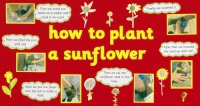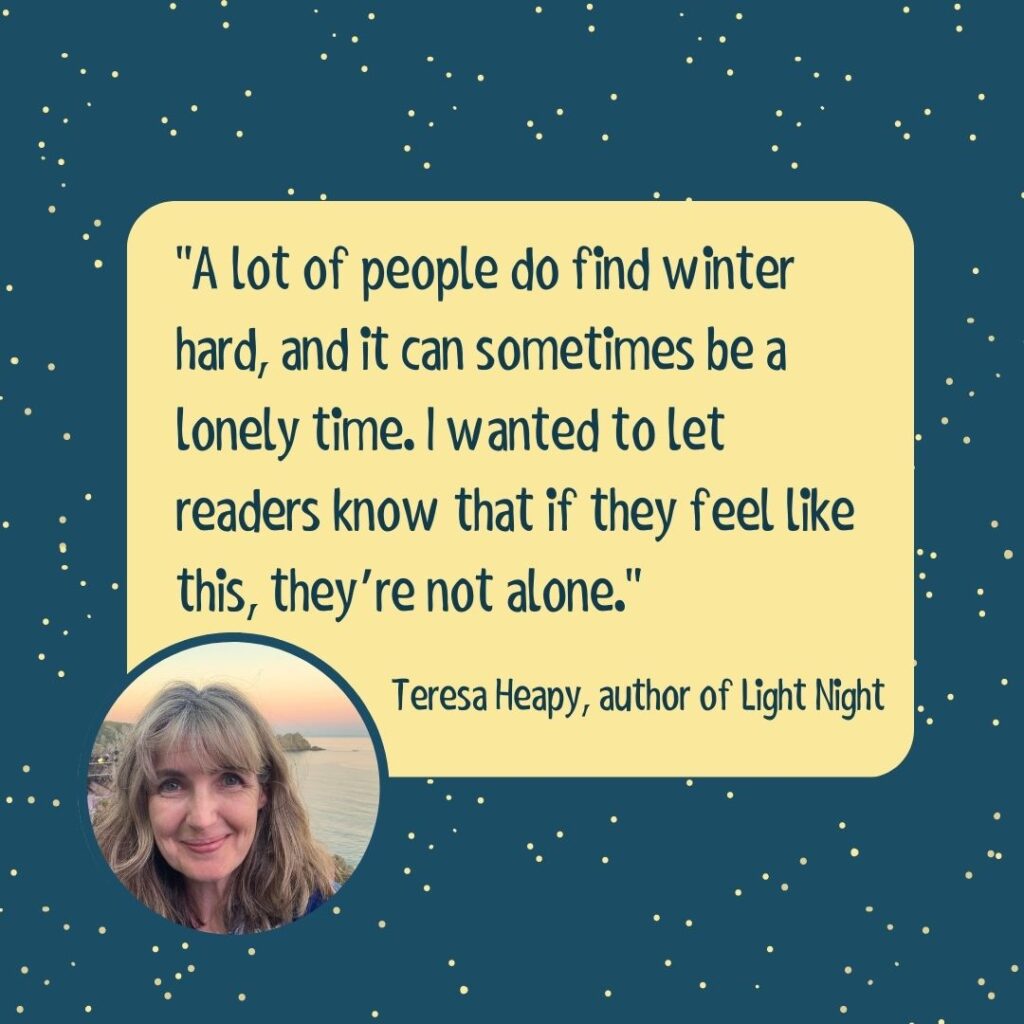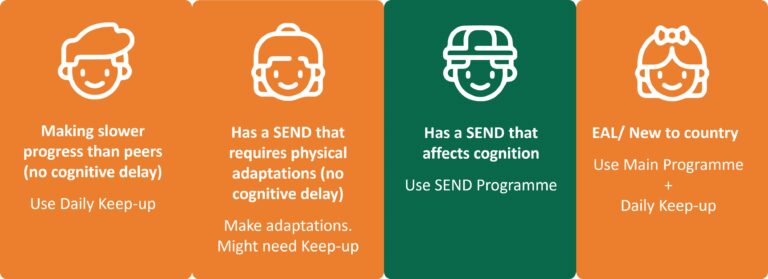Maths finds its way into most subjects of the curriculum and sometimes it doesn’t hurt to do activities in another subject but focusing on the maths content. Experience shows that we sometimes simply assume the children can do the maths they need to be able to complete graphs, charts and calculations outside of the subject. The activities that are provided allow the children to work in science but to practise and consolidate the mathematical skills they need.
 Activity One – Growing Plants
Activity One – Growing Plants
Year 1 or Year 3
LO:
To use a ruler to measure height to the nearest centimetre
To be able to compare measurements taken over a period of time and under different conditions
Talking Point:
With many plants, it’s important that they grow tall and strong and in countries with short growing seasons it’s important that plants grow quickly. Ask the children what they think plants need to be able to grow quickly and strongly. Say to the children that they can choose different ways to grow their plants but must measure them on a weekly basis so their method can be compared to others.
Give the children two sunflower seeds and a pot of compost and get them to plant them. At least one should germinate, remove the weakest and ask the children grow the plant on under the conditions they have chosen. Ask them to measure the height of the sunflower each week and record the measurement.
At Home:
During the growing season, ask the children to keep a record of the growth of other plants in their home or garden. In school discuss the differences.
Activity Two – Rocks and Soils
Year 3
LO:
Measure volume accurately using graduated beakers
Use the results collected to make judgements
Talking Point:
Show the children pictures of floods and ask them what causes flooding. You are almost certain to get the answers ‘rain’ or ‘tsunamis’. Ask them to think where all the rain would normally go if there wasn’t a flood and you’re likely to be told ‘down into the ground’. You’ll need to explain to the children that how quickly the water soaks away depends on the type of soil and tell them they’re going to do an experiment to find out which soil is the best to build a town on so it doesn’t get flooded.
Give the children funnels, filter papers and sandy, clay, peat and gravelly soil. Get them to pour 100ml of water over each and time how long it takes for the water to start dripping through. Ask them to collect the water and see what fraction or percentage of the amount originally poured in, comes back out again. Write down the data for each on a chart and use the information to say which would make the best ground for building and say why.
At Home:
Give the children the equipment and ask them to do the same experiment using the soil from their gardens at home. Use a map of the area to plot the results deciding where in the town or city it’s safest to live.
 Activity Three – Keeping Healthy
Activity Three – Keeping Healthy
Year 5
LO:
To be able to keep a careful count over a specific time period
To read information accurately from tables
Talking Point:
Ask the children to jump up and down on the spot for 15 seconds. What do they notice? (breathing speeds up and heart beats faster). Get them to sit down and after a minute ask them how their breathing and heart rate has changed. Now ask them to find and count their pulse when resting and make a note of it. Tell them this is called the resting pulse. Explain that they are going to do some exercise and then count their pulse, again over the course of a minute.
The children should now run around the playground or school hall for two minutes and at the end of the time, count their pulse for a minute.
They should then compile a frequency chart for boys and one for girls with the frequencies being 60 > 70, 70 > 80, and so on.
Talking point:
Ask the children to compare the results to their resting pulse. Which set of results do they think shows the fittest group? Are there any anomalies in the figures? Which group do they fit into? Do they think that’s correct?
At Home:
The children could ask their parents to do the ‘step test’ a three minute fitness check that uses recovery in pulse rate to measure fitness. They should use the chart that accompanies this activity to help with the activity.
Activity Four – Dissolving
Year 5 & 6
LO:
To be able to plot information accurately on a graph
To be able to make judgements by looking at a graph
To measure temperature using a thermometer and time using a stopwatch
Talking Point:
If you have already done some work on dissolving, ask the children to tell you the name of a solid that readily dissolves. They might suggest salt or sugar.
This experiment tests the speed of dissolving depending on temperature. Give the children some water chilled to around zero, some at room temperature and (very carefully) some near boiling point. Make sure that you have completed a health and safety check first. Ask the children to dissolve 10g of their chosen solid in the liquids and time how long it takes. Plot the results on a graph plotting time against temperature. Are they able to join the plot points to give a line graph and from it, predict the dissolving times at different temperatures?
At Home:
Using their graphs and perhaps a thermometer borrowed from school, check their hypotheses based on their graphs and report back to the class.
Activity Five – Properties of materials
Year 2 & 3
LO:
To measure accurately in cms
To use information collected to form conclusions
Talking Point:
Read out to the children the attached letter from a famous gymnast who complains that her leotards are not stretchy enough and that she’d like them to find a material that will be perfect so she can win an Olympic Gold in Rio.
She suggests you might try cotton, wool and nylon socks and test the materials.
Collect different socks and denier of tights and cut them so they’re all the same length to start with (otherwise you’re into complicated maths for ratios of stretch!). Get the children to measure them at the start and then add a 500g weight and carefully measure the length now. Subtract the original measurement from the new one and plot on a bar chart. Younger children could draw the bars as ‘socks’ and then decide which would be the best material.
At Home:
Can they find any other material that is stretchy? Is it more stretchy than the materials they used in school?
Dave Lewis, Primary Teacher



